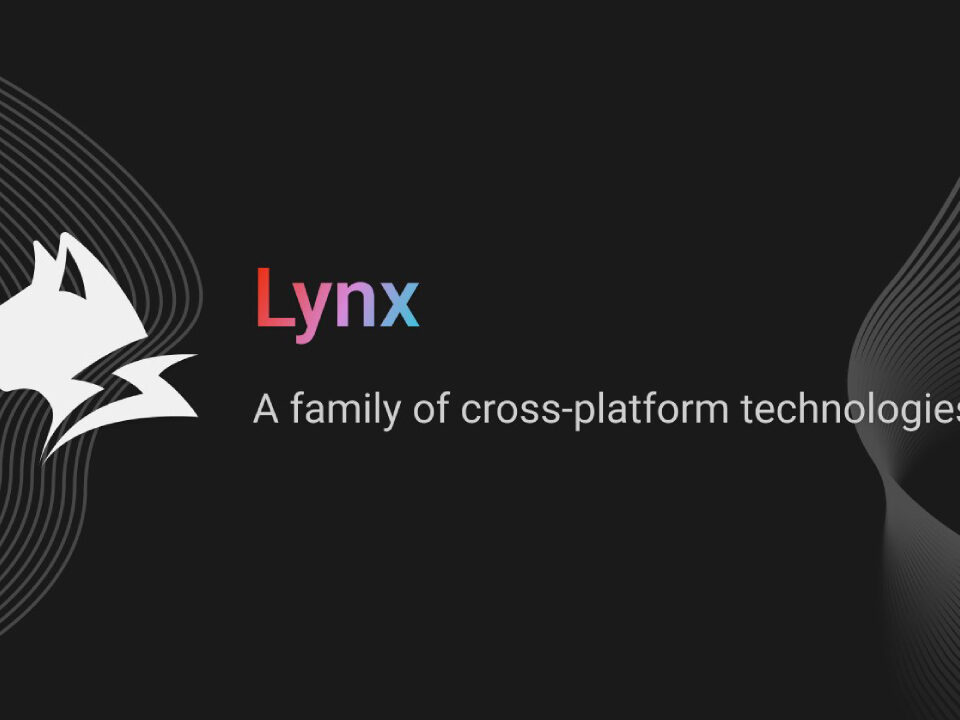
How to Address Workplace Conflict with Respect and Empathy: Turning Tension Into Triumph
15th November 2024
From Plate to Performance: How Meal Schedules Improve Your Health & Your Work
21st November 2024One of the most popular frameworks used in web development, React JS, is a powerful JavaScript library developed by Facebook, that provides a library that, by disassembling dynamic user interfaces into reusable parts, makes creating websites easier. This approach allows developers to build large applications with data, that changes over time without having, to reload the page. React JS paired with JSX and TSX unleashes its full potential. This post will examine the difference between JSX and TSX, and how they cooperate to improve code quality and productivity by fostering a smooth working environment.
So, What is JSX?
JSX stands for JavaScript XML. It’s a syntactic extension for JavaScript that allows you to write HTML-like structures directly within your JavaScript code. This simplifies creating user interfaces (UIs) in React applications. Think of it as a bridge between the logic of JavaScript and the visual representation of HTML. JSX offers a rich syntax for building complex UIs. You can nest elements, add conditional rendering based on JavaScript logic, and leverage components for reusability.
Features of JSX:
1. Embedding Expressions: JavaScript expressions can be embedded using curly brackets {} in JSX. This makes it possible to create dynamic content using functions, variables, or even intricate logic. It encourages a user interface that is more data-driven and interactive.
2. Conditional Rendering: Conditional statements in JavaScript work well with JSX. Which items are rendered depending on particular criteria is something you can manage. This enables dynamic user interfaces (UIs) to change in response to user input or updated data.
3. HTML-Like Syntax: JSX enables developers to write HTML-like code in JavaScript, which makes the code more intuitive and easier to understand.

So, What is TSX?
TypeScript is a statically typed superset of JavaScript developed by Microsoft. It adds optional static types to JavaScript, enabling developers to catch errors at compile time rather than at runtime. TSX is a file extension that signifies a TypeScript file containing JSX code. It allows you to write React components using both JSX syntax and TypeScript features.
Features of TSX:
1. Reduced Errors: Type checking helps identify potential errors related to data types before your code even runs. This translates to fewer bugs and a more robust application.
2. Improved Developer Experience: Autocompletion, code navigation, and refactoring tools offered by TypeScript IDEs significantly enhance the development experience for React projects.
3. Better Code Organization: Types can act as documentation, clarifying the expected data types for variables and props within your components.
Finally JSX vs TSX: Which is Better?
1. Type safety: TSX adds more type safety, making it easy to write dependable and maintainable code. Type safety is not provided by JSX.
2. Learning curve: Some developers may find it difficult to begin using TSX because it requires knowledge of TypeScript. It’s simpler to understand and use JSX.
3. Development environment: Extra settings and tooling are needed for TypeScript in the development environment. You may use standard JavaScript tooling with JSX.
For applications requiring more type safety and maintainability, TSX is generally a solid option. For developers who are not familiar with TypeScript or for simpler projects, JSX is a good option.
Conclusion
Understanding the differences between JSX and TSX is crucial for modern web development, especially when working with frameworks like React. The choice of file extension impacts not only how the file is written but also how it is compiled, validated, and integrated into your project. By choosing the right extension, you can leverage the full power of JavaScript, TypeScript, and JSX in your projects, leading to more maintainable and robust code.
Contact Us Click here





